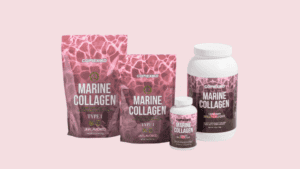Last Updated on June 30, 2025 by Packoi Team
Looking through new packaging materials can be confusing, but with some research and expert help, you can find the right ones to help your business be more eco-friendly.
Different packaging materials may be considered sustainable or eco-friendly, but that doesn’t mean they’re all recyclable. So, before you choose the materials for your sustainable packaging, you have to understand it first.
5 Types of Packaging Materials
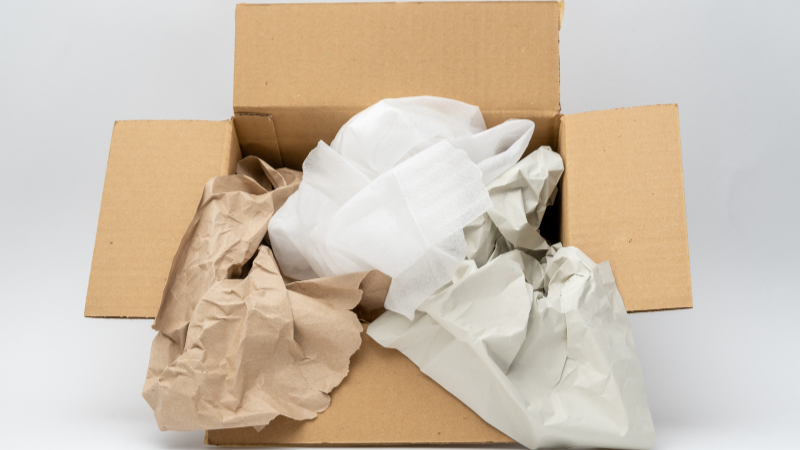
The 5 common packaging materials that can be recycled are paper, plastic, glass, wood, and metal. If your sustainable packaging is made of any of these materials, it won’t be discarded. They can be put in recycling bins to be turned into new materials.
While that sounds simple, there are a couple of things that you need to know about each of these environmentally friendly packaging materials.
1. Paper or Cardboard
When it comes to sustainability and recyclability, paper-based materials come first. This is good because paper products and corrugated packaging are trendy.
It’s flexible, easy to design, cost-efficient, and comes from renewable sources. You can design paper packaging to be lightweight while providing enough protection for products.
While it’s very recyclable, here are some facts you should know:
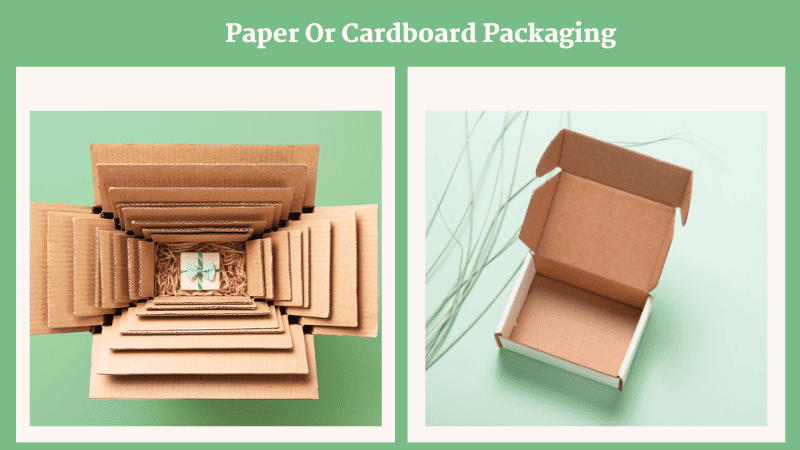
First of all, some paper-based packaging is coated with polymer to make it smoother and glossier. This can also protect the ink that’s printed on the paper’s surface. However, the coating or lamination compromises the recyclability of paper. The paper packaging won’t be recycled unless recycling facilities can remove the plastic.
If the coating is necessary, don’t use petroleum-based lamination. Choose eco-friendly options like soy-based polymers or water-based (aqueous) coatings.
Another consideration is the ink that you’ll use to put print designs on the packaging. If you use harmful petroleum-based inks, then your packaging won’t be recycled. Stick to water or plant-based ink to design your sustainable packaging. These use fewer chemicals, making them safer for both the human touch and the environment.
You can discuss all these details with the packaging supplier you’ll partner with. They should be able to help you meet your packaging design requirements without compromising the recyclability of your paper packaging.
Ready to Get Custom Packaging for Your Business?
start with a low minimum order quantity
2. Plastic
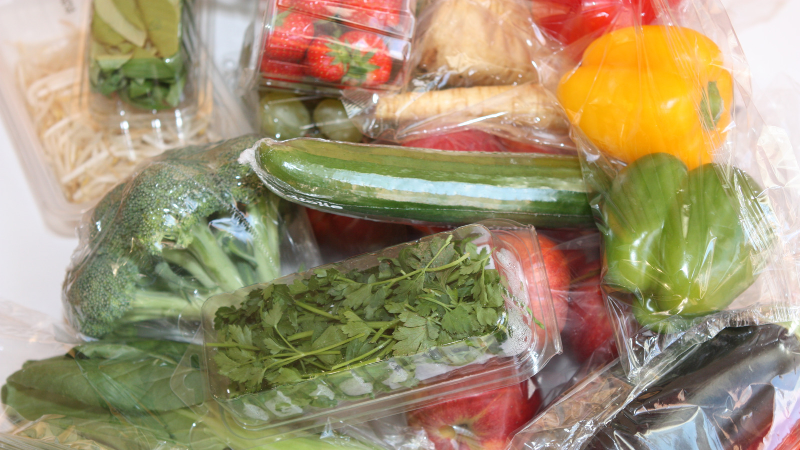
We need to stop plastic pollution from causing more damage to the environment. But the thing is, some products need plastic bags. There are times when plastic packaging is the best way to package a product.
Take grocery stores as an example. Plastic grocery bags are a more cost-efficient way to carry produce.
To compromise, we need to use recycled plastics and make sure that any new plastic materials are made of the same materials. So if you want to use bubble wrap and plastic film, make sure they’re both the same type of plastic.
When the same type of plastic is recycled, it preserves the original characteristics of the material.
It’s also up to you to educate your customers on how to prepare their plastic for recycling. There are curbside recycling programs with specific instructions, ensuring a huge percentage of plastic waste can be recycled.
3. Wood
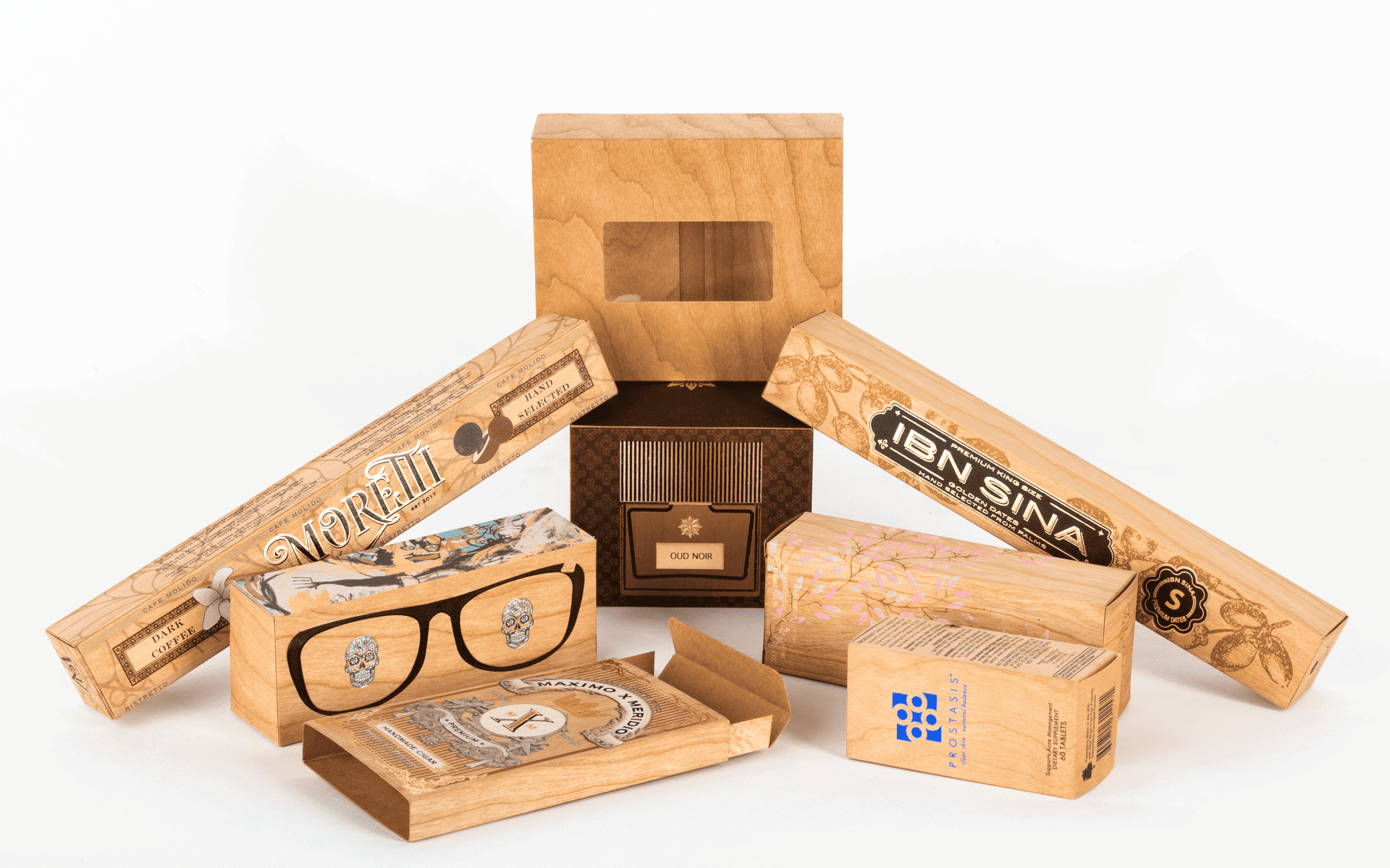
Here’s an effective, eco-friendly packaging that can protect all types of products: wood. Like paper, this comes from a renewable resource. That means it won’t harm the environment if it’s sourced properly.
But most of the time, manufacturers treat the wood to last 2–3 decades longer. This is great because the wood packaging becomes reusable.
Unfortunately, the chemicals used are harmful to the environment.
So, if you want to use this, a decision must be made. Will you treat the wood so it lasts a long time, even if it means compromising its recyclability?
Think about that before you choose wood as a packaging material.
4. Glass

This is great, environmentally friendly packaging that you can use. Glass is great for food and beverage products because it can be sealed, and it’s not easily contaminated.
Glass is also 100% recyclable, and unlike paper and plastic, it maintains its integrity regardless of how many times it’s recycled.
What’s even more impressive about this packaging material is that your customers can reuse it for storage.
The problem with this is when the glass breaks. It’ll be hard to remove if it embeds itself in paper or other recyclable materials. That means even the material it embeds itself on won’t be recycled.
So, make sure you educate people about this so they won’t compromise the recyclability of your packaging material.
5. Metal
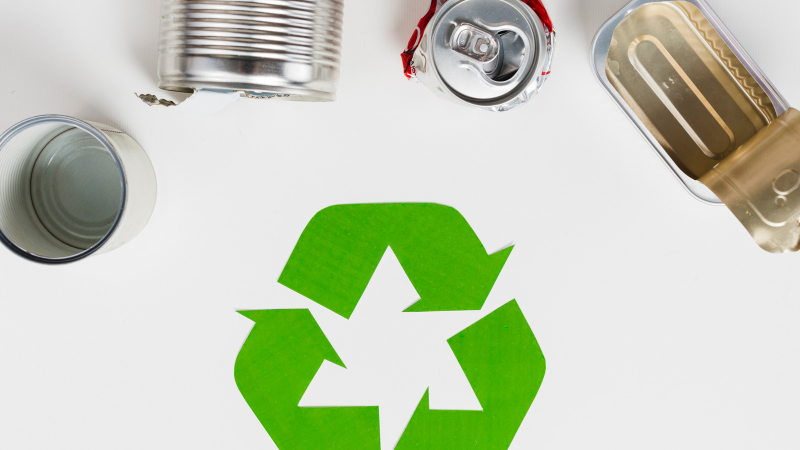
The food industry is known for using a lot of metal packaging—aluminum, to be specific. This material has qualities that protect both food and beverages and keep contamination away. It effectively keeps gases, liquids, and even light from contaminating a product.
Just like glass, this material can be recycled repeatedly and won’t lose its integrity. Not only that, but it requires less energy to recycle compared to new aluminum packaging.
So it’s a great alternative to one-time-use plastic packaging. Just be careful with the labels and prints you’ll put on it. Make sure they’re also recyclable, eco-friendly, or easy to remove.
Ready to Get Custom Packaging for Your Business?
start with a low minimum order quantity
4 Tips When Choosing the Right Packaging Materials
Choosing from different packaging materials can be confusing, especially if you’re new to the practice of sustainability and recyclability. It’s important to be sure about your choices because your packaging will reflect your brand.
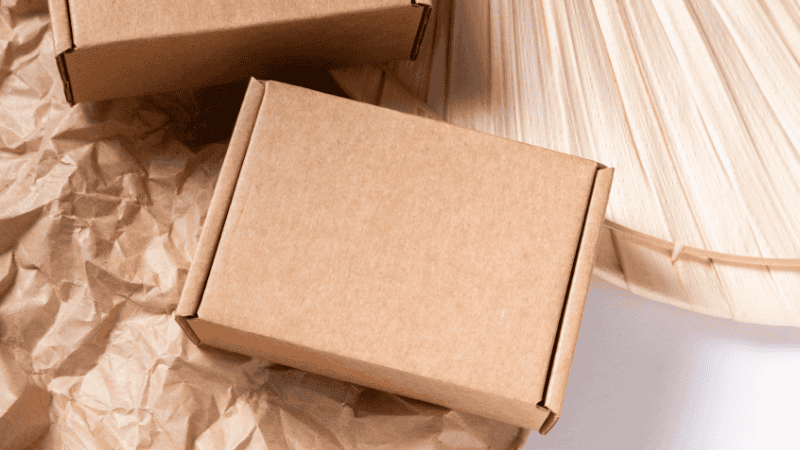
Make sure you’re sending the right message to your market. If you want to be certain about your packaging material choices, here are some tips that can help.
1. Don’t Forget about the Other Packing Materials
When you’re designing your product packaging, don’t just focus on making the outer layer recyclable. You have to consider all the packing materials, like the inner layers and the fillers. That means packing peanuts, bubble wrap, air pillows, tapes, and labels have to be recyclable.
In case there are some parts of the packaging that can’t be recycled, make sure these can be easily removed and no residue will remain. Otherwise, it’ll affect even the recyclable materials, turning the whole thing into packaging waste.
2. Learn How Materials Are Recycled
Local recycling facilities generally function in the same way. But there are times when they have specific rules for segregating recyclable plastic products.
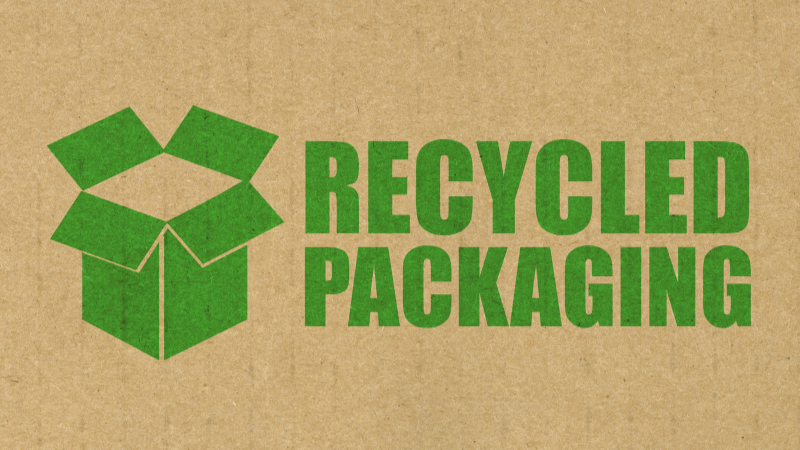
This is why you have to do your research when it comes to how materials are recycled. That way, you can avoid contaminating plastic packaging, for instance. You can make sure that even if you mix materials, they can easily be segregated, so everything will be recycled.
3. Consider Compostable Alternatives
Apart from using recyclable materials, you can also consider eco-friendly packaging options, like compostable packaging. This refers to packaging that uses materials that can be converted into compost to enrich the land.
Examples of these are plant-based alternatives to materials like packaging peanuts. Or the mushroom packaging that can replace plastic.
These materials can be broken down easily. They might not even have to be taken to a facility. Just provide customers with instructions on how to use it as compost.
4. Educate Your Customers
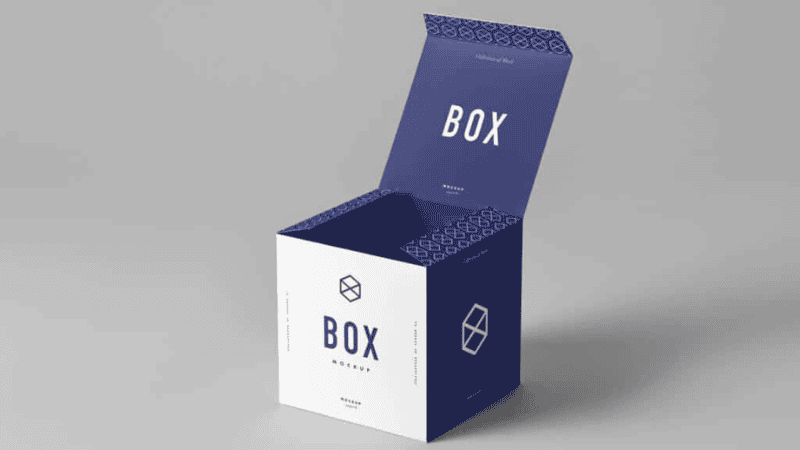
Use your new sustainable packaging to educate customers about eco-friendly measures they can take themselves.
Start by telling them how to dispose of their recyclable packaging properly. Let them know what packing materials have to be removed. For instance, if you’re using different plastic materials for your bubble wrap and plastic film, instruct the customer to segregate them.
Encourage your customers to remove the labels properly so they don’t leave any adhesive residue.
If you don’t have enough space in your packaging, at least include a link to your website. Have a page ready so the customer can practice recycling through your packaging.
FAQs
What are the five common types of recyclable packaging materials?
The five common types are paper, plastic, glass, wood, and metal, all of which can be reprocessed into new materials.
Why is it important to understand how packaging materials are recycled?
Understanding local recycling guidelines helps prevent contamination and ensures your packaging is properly processed, maximizing its chances of being recycled.
Should I only focus on the outer layer of packaging for recyclability?
No, it’s crucial to consider all packaging components, including inner layers, fillers, tapes, and labels, to ensure overall recyclability.
Conclusion
Ultimately, choosing recyclable packaging materials isn’t just about appearances; it’s about making informed decisions for your brand and the planet. By focusing on materials like paper, plastic, glass, wood, and metal, and understanding their specific recycling nuances, you can create packaging that truly aligns with sustainability goals.
Implementing smart design, educating customers, and leveraging expert help ensures your packaging contributes to a greener future, making your business both responsible and competitive.
Find the Right Recyclable Packaging Materials with Packoi
If you think it’s too confusing to figure out the right material, find an expert to help you. Packoi Printing is a reliable manufacturer offering FSC-certified packaging, which can help you find the right recyclable materials for your packaging.
Contact us with the details of your packaging, and we can figure out together how to make it more sustainable. Contact us and we’ll get back to you with a quotation for your packaging.


